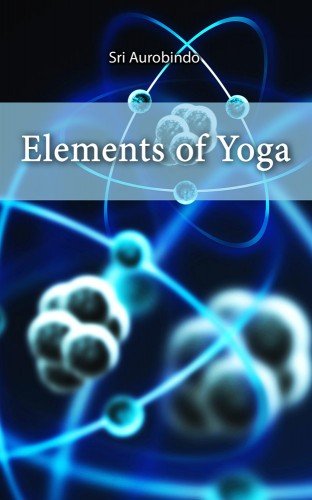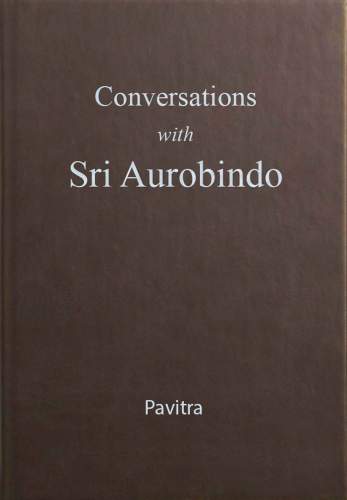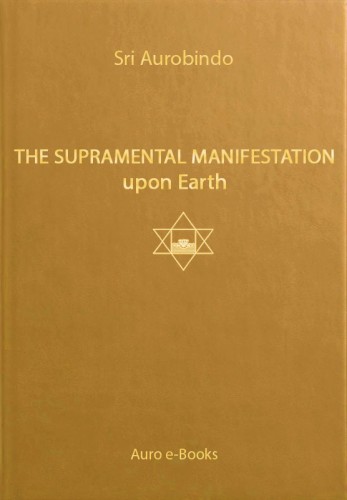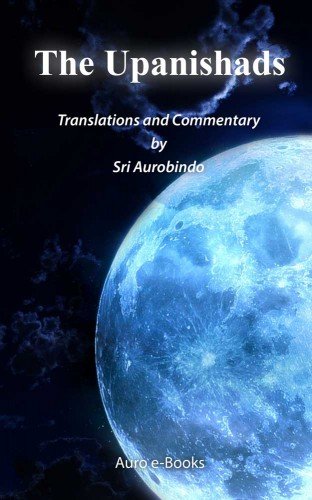How do I Begin?
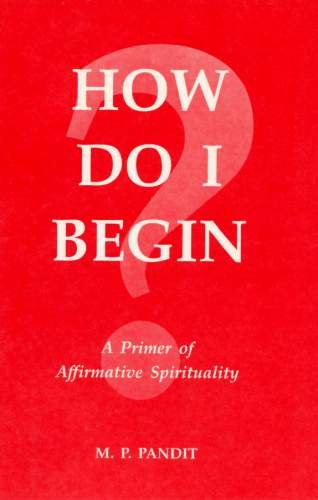
How do I Begin?
A primer of affrirmative Spirituality
In the book “How do I Begin?” M.P. Pandit gives a brief but highly practical overview of how to enter on spiritual path by the one who has inner earning but is lacking practical experience. In simple and precise terms Panditji deals with basic elements which constitute daily activities of every man: his outer surroundings, inner psychology and mundane actions. The great value of “How do I Begin?” is that according to author’ words the practitioner of yoga does not have to withdraw himself from his duties and family relations into distant ashram in order to practice spiritual discipline.


